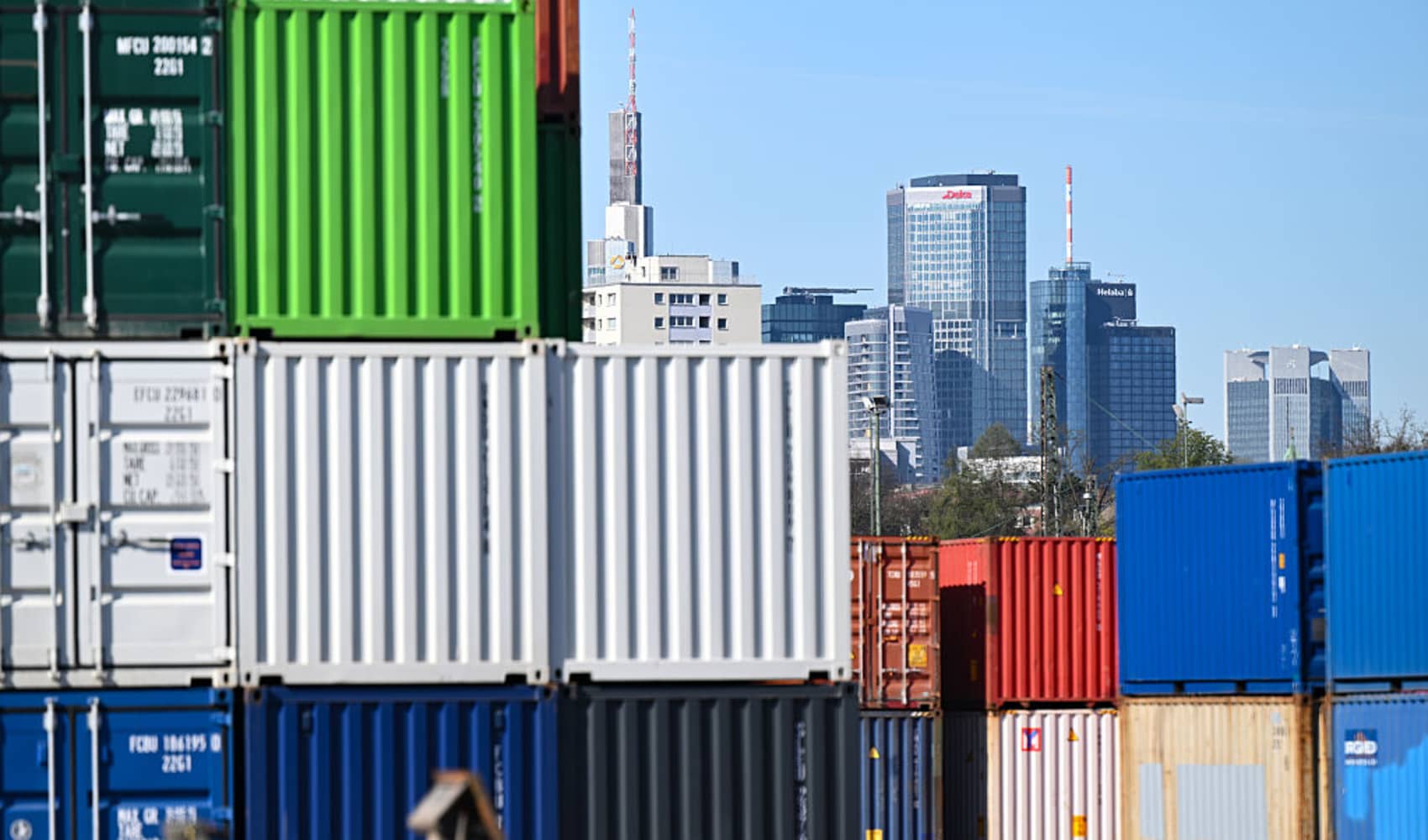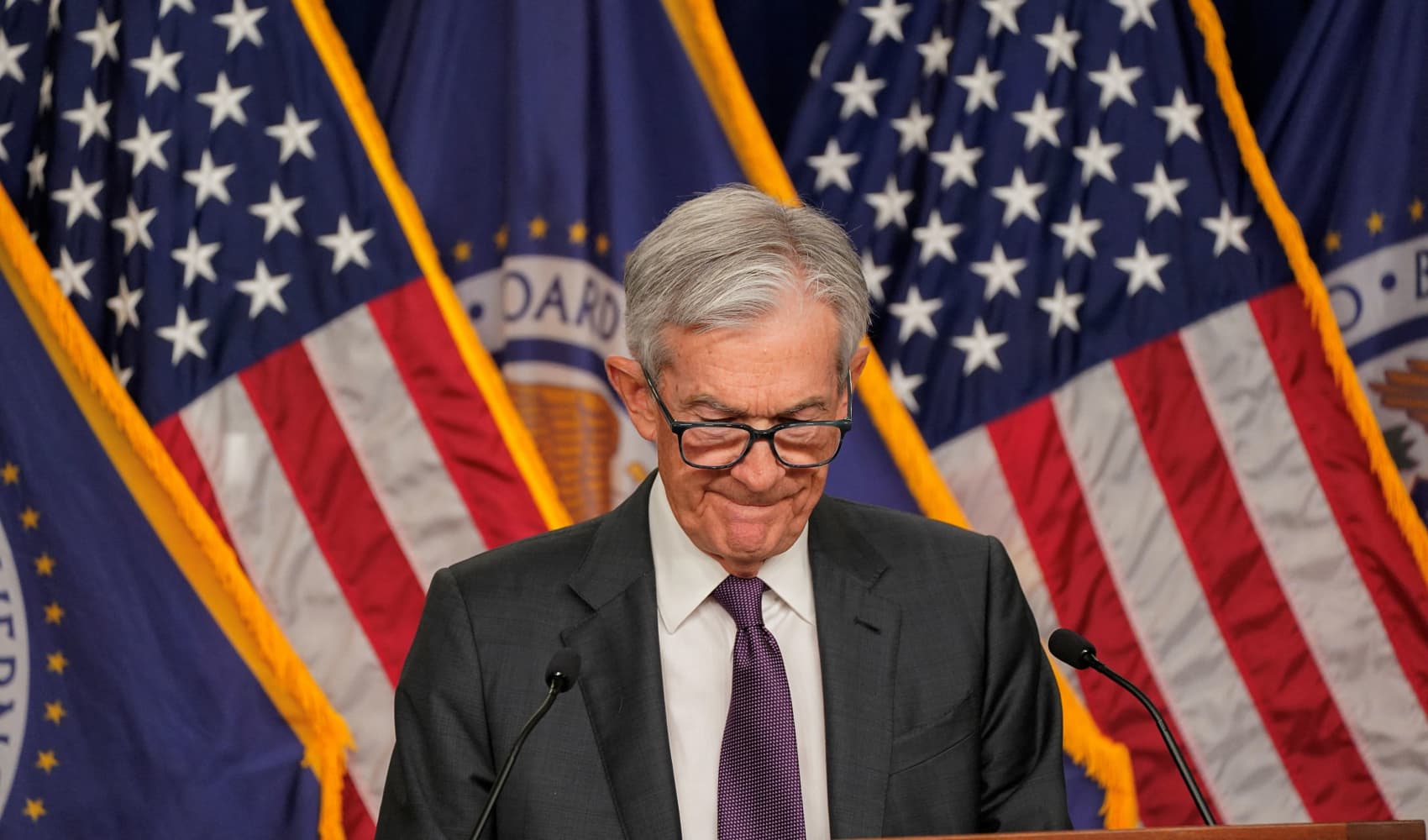Treasury Yield Jumps: Decoding Tariff Impact on Your Wallet
Decoding the Dollar: 10-Year Treasury Yield Climbs Amid Tariff Jitters
Introduction: The Economic Tug-of-War
Ever feel like the economy is speaking a language you don't quite understand? Well, today, we're diving into a key economic indicator – the 10-year Treasury yield – and what it's telling us. It’s like reading the tea leaves of the financial world. Recently, this yield has been climbing, and a big reason is the growing concern over the impact of tariffs on the U.S. economy. Think of it as a tug-of-war, with inflation and economic growth pulling in opposite directions. Let's break down what's happening and why it matters to you.
Understanding the 10-Year Treasury Yield
What Exactly Is the 10-Year Treasury Yield?
Simply put, the 10-year Treasury yield represents the return an investor can expect to receive if they hold a U.S. government bond for ten years. It's a benchmark interest rate that influences a wide range of other interest rates, from mortgages to corporate bonds. It's essentially the pulse of the long-term economic outlook.
Why Does It Matter to Me?
The 10-year Treasury yield affects nearly every aspect of the economy. High yield can translate to a higher cost of borrowing for consumers and businesses alike. This means things like mortgages, car loans, and even business expansion loans can become more expensive. Conversely, low yields can encourage borrowing and spending, potentially stimulating economic growth.
The Fed's Perspective: Powell's Warning Signals
Decoding Powell's Comments: A Balancing Act
Federal Reserve Chair Jerome Powell recently voiced concerns about the economic risks posed by tariffs. He essentially said the Fed might find itself in a difficult situation, needing to simultaneously combat inflation and support economic growth. This is like trying to steer a ship through a storm – you need to balance conflicting forces to stay on course.
Tariffs and the "Sticky Dilemma"
Powell highlighted that tariffs, imposed by the White House, are creating uncertainty around U.S. economic growth. He anticipates a "rise in inflation" and a decrease in growth this year. The Fed's "dual mandate" is to maintain price stability (control inflation) and maximize employment (support growth). Tariffs complicate this mission, potentially forcing the Fed to make difficult choices.
The Impact of Tariffs on Inflation and Growth
Inflationary Pressures: A Price Hike Across the Board
Tariffs are essentially taxes on imported goods. These taxes are often passed on to consumers in the form of higher prices. This leads to inflation, which erodes the purchasing power of your money. Think about it: if the cost of imported materials rises, businesses will likely raise prices to maintain their profit margins. This is particularly concerning because it hits consumers directly in their wallets.
Slower Economic Growth: A Drag on the Economy
Tariffs can also stifle economic growth. They increase the cost of doing business, discourage investment, and disrupt global supply chains. This can lead to lower productivity, reduced hiring, and slower overall economic expansion. Imagine a construction project where the cost of materials suddenly skyrockets due to tariffs; the project might be delayed or even canceled, impacting jobs and economic activity.
The Market Reaction: Yields on the Rise
The 5 Basis Point Jump: A Market Signal
On Thursday, the 10-year Treasury yield rose by around 5 basis points to 4.333%. While this might seem like a small change, it's a significant signal that investors are becoming more concerned about the economic outlook. This increase reflects the market's assessment of the increased risks to economic growth and inflation.
The 2-Year Treasury Yield: A Short-Term Perspective
The 2-year Treasury yield also ticked up, albeit slightly less than the 10-year yield. The 2-year yield is more sensitive to near-term interest rate expectations. The smaller increase suggests that investors are less concerned about immediate economic shocks, but still wary of longer-term risks.
Analyzing the Underlying Factors
Global Economic Uncertainty: A Complex Web
It's not just U.S. tariffs that are influencing the 10-year Treasury yield. Global economic uncertainty, geopolitical tensions, and changes in monetary policy around the world all play a role. The world economy is interconnected, and events in one country can have ripple effects across the globe.
Investor Sentiment: Fear and Greed in the Market
Investor sentiment also plays a crucial role. Fear of a recession can drive investors to seek safe-haven assets like U.S. Treasury bonds, which can lower yields. Conversely, optimism about economic growth can lead to investors selling bonds and buying riskier assets like stocks, which can push yields higher. It’s a constant dance between fear and greed in the financial markets.
Potential Scenarios and Outcomes
Scenario 1: The Fed Responds to Inflation
If tariffs continue to fuel inflation, the Fed might be forced to raise interest rates. This could help to cool down the economy and control inflation, but it could also slow down economic growth. It’s a delicate balancing act, and the Fed needs to tread carefully to avoid triggering a recession.
Scenario 2: Trade War Escalation
A further escalation of trade wars could have even more severe consequences for the U.S. economy. This could lead to higher prices, reduced exports, and slower economic growth. It's a scenario that everyone wants to avoid.
Scenario 3: A Negotiated Solution
A resolution to the trade disputes could ease inflationary pressures and boost economic growth. This could lead to lower Treasury yields and a more stable economic outlook. This would likely be the best-case scenario for everyone involved.
What Can Investors Do? Navigating the Uncertainty
Diversify Your Portfolio: Don't Put All Your Eggs in One Basket
In times of economic uncertainty, it's important to diversify your investment portfolio. This means spreading your investments across different asset classes, such as stocks, bonds, and real estate. This can help to reduce your overall risk.
Stay Informed: Keep an Eye on the News
Stay informed about economic developments and market trends. This will help you to make informed investment decisions. Keep track of what economic experts say, and regularly check the news.
Consider Professional Advice: Don't Go It Alone
If you're unsure about how to navigate the current economic environment, consider seeking professional financial advice. A financial advisor can help you to develop a personalized investment strategy that meets your individual needs and goals.
Conclusion: Navigating the Economic Landscape
The rise in the 10-year Treasury yield, driven by concerns over tariffs, is a clear signal that the U.S. economy faces significant challenges. While the future remains uncertain, understanding the forces at play and taking proactive steps can help you to navigate the economic landscape and protect your financial well-being. Remember, knowledge is power, and staying informed is key to making sound financial decisions.
Frequently Asked Questions
Q1: What is a basis point?
A basis point is a unit of measure used in finance to describe the percentage change in the value or rate of a financial instrument. One basis point is equal to 0.01% (one one-hundredth of one percent).
Q2: How do tariffs affect consumers?
Tariffs are taxes on imported goods, typically paid by the importing business. However, these businesses often pass those costs onto consumers in the form of higher prices for goods and services. This can reduce consumer spending power.
Q3: What is the Fed's dual mandate?
The Federal Reserve's dual mandate refers to its responsibility to promote maximum employment and stable prices in the U.S. economy. It aims to achieve these goals through monetary policy, such as adjusting interest rates.
Q4: Is a rising 10-year Treasury yield always bad?
Not necessarily. A rising yield can indicate stronger economic growth expectations. However, a rapid increase, especially when driven by inflationary pressures, can be concerning as it signals potential economic instability.
Q5: How often does the Fed adjust interest rates?
The Federal Reserve's Federal Open Market Committee (FOMC) meets approximately eight times per year to assess the economic situation and decide whether to adjust interest rates. These decisions depend on various economic indicators.


